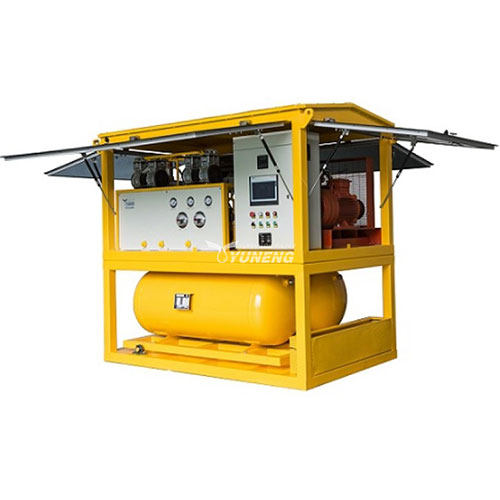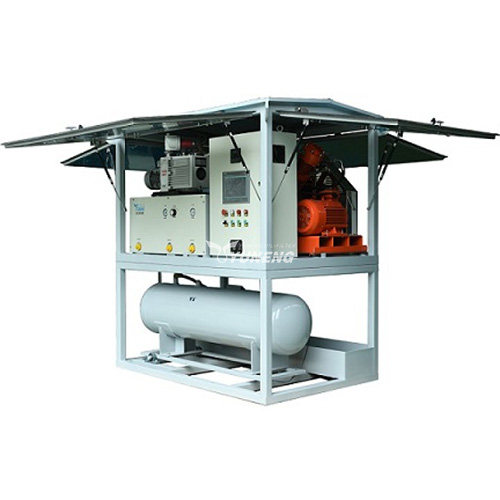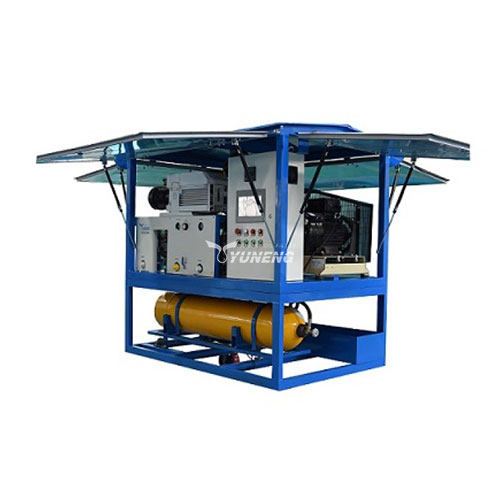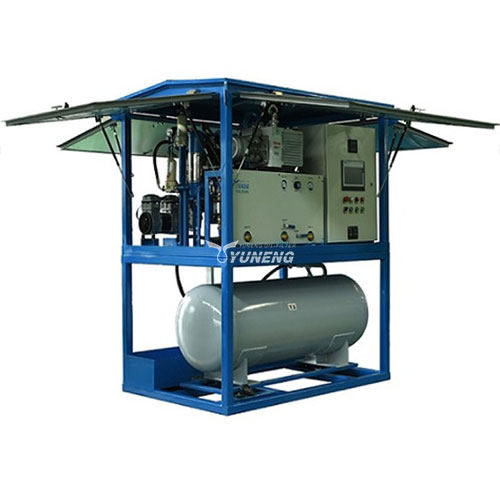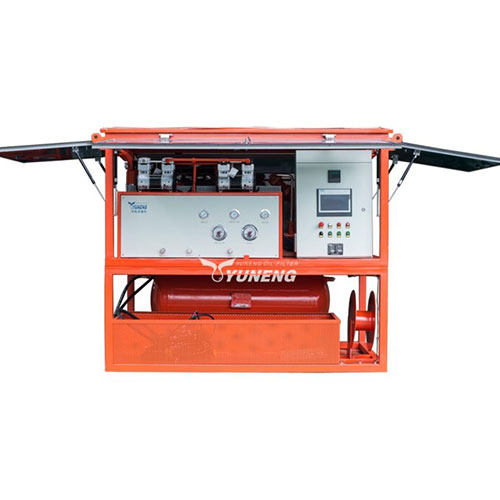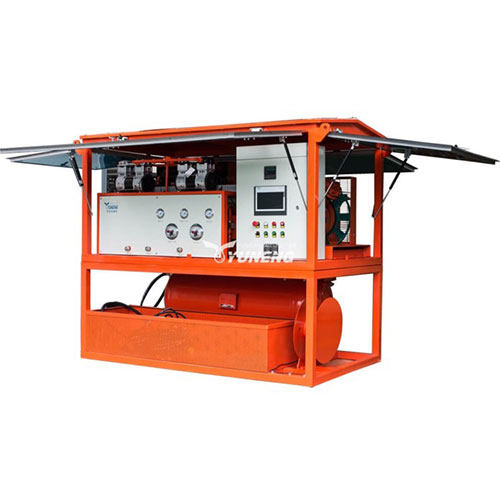How to Control the Effect of Moisture on SF6 Gas and SF6 Equipment?-SF6 Gas Recovery Machine
SF6 gas is a non-toxic, colorless, odorless, non-flammable, and chemically stable substance. It is composed of one sulfur atom and six fluorine atoms and has good electrical insulation properties and excellent arc extinguishing properties. In the Kyoto Protocol to prevent global warming, six gases, including SF6 gas, are listed as greenhouse gases. They are CO2, CH4, N2O, PFC, HFC, and SF6. Among them, CO2 gas has the greatest impact on the greenhouse effect, while SF6 gas has the least impact. In GIS equipment, SF6 can be decomposed into hydrogen fluoride, sulfur dioxide, sulfur tetrafluoride, hydrogen sulfide, and other toxic substances under the action of high temperature or arc, which will cause environmental pollution and endanger human health.
Why is there moisture in SF6 equipment
1. SF6 gas itself contains moisture
In the production process, it needs to go through a series of processes such as pyrolysis, water washing, alkali washing, and drying. The complicated production process results in a small amount of moisture remaining.
2. SF6 regeneration gas contains moisture
The moisture in the SF6 regeneration gas is mainly caused by the abnormal operation of the filter or the untimely replacement of the adsorbent during the regeneration process.
In the process of long-term storage of SF6 gas cylinders, if the sealing of the gas cylinders is not good, the moisture in the atmosphere will also penetrate, thereby increasing the water content in the SF6 gas.
3. SF6 equipment is mixed with moisture during maintenance, inspection, and air supplementation
During assembly, maintenance, and inspection of high-voltage electrical equipment, moisture contained in the air may be brought into the interior of the equipment. Even if the equipment still needs to be flushed with high-purity nitrogen and vacuum-dried after assembly, the moisture attached to the inner wall of the equipment or components such components will not be completely removed.
Or in the process of refilling the air, insufficient vacuuming time, undry pipes and joints, and excessive exposure to the air during assembly may cause moisture to enter the air chamber.
4. Failure of insulating materials and adsorbents in equipment
Due to the saturation failure of the adsorbent, there is no way to absorb the increased water, which results in an increase in the water content of the SF6 gas in the equipment.
5. Moisture in the atmosphere penetrates into the interior of the equipment through the weak link of the SF6 electrical equipment seal
Although the SF6 gas pressure in the circuit breaker is higher than the outside air pressure, due to the lower moisture content of the gas inside the circuit breaker, the external moisture pressure is much higher than that inside the circuit breaker. Moreover, the SF6 gas molecule has a regular octahedral sphere structure, and the water molecule has a V-shaped structure. Its equivalent molecular diameter is only 0.7 of that of the SF6 molecule, and the permeability is strong. Under the action of the huge pressure difference inside and outside, the moisture in the atmosphere will gradually penetrate into the SF6 gas of the circuit breaker through the seal, resulting in an increase in the micro-water value.
The influence of moisture on SF6 gas and equipment is very large. The amount of moisture in SF6 gas is directly related to the level of insulation strength of SF6 gas and the safe operation of equipment. In SF6 equipment, the micro water content in SF6 gas should be strictly controlled.
How to effectively control the micro water in SF6 equipment?
1. Check sealing parts
For equipment with a serious excess of micro-water content and a large amount of leakage, the cover should be opened to check whether the sealing parts are in good condition, deformed, or cracked.
2. Replace the adsorbent
When installing the adsorbent, try to shorten the exposure time to the atmosphere to reduce the moisture introduced by the adsorbent itself, and replace the saturated adsorbent in time.
3. Vacuum
The evacuation time should be sufficient and the air chamber tightness should be checked.
4. Dry
In order to remove the residual moisture in the air chamber to the greatest extent, use a vacuum pump to evacuate the air chamber, inject nitrogen into the air chamber for drying, and measure whether it is qualified after 12 hours of rest. If it exceeds the standard, the process of replacing the adsorbent, vacuuming, nitrogen injection, and static measurement should continue until the measurement is qualified.
5. Purification and drying of SF6 gas
Use SF6 gas recovery machine to treat SF6 gas in electrical equipment, including drying, moisture treatment, and purification treatment.
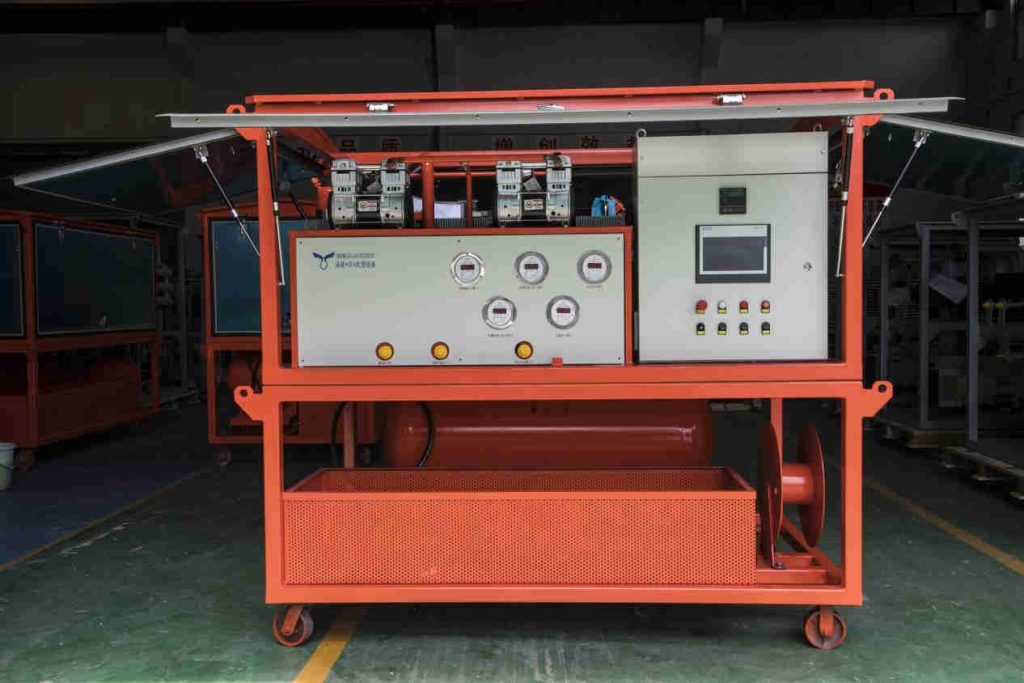
The SF6 recycling equipment developed and produced by YUNENG can vacuumize SF6 electrical appliances and GIS combined electrical appliances, and perform recovery, purification, and gas-fill treatment.
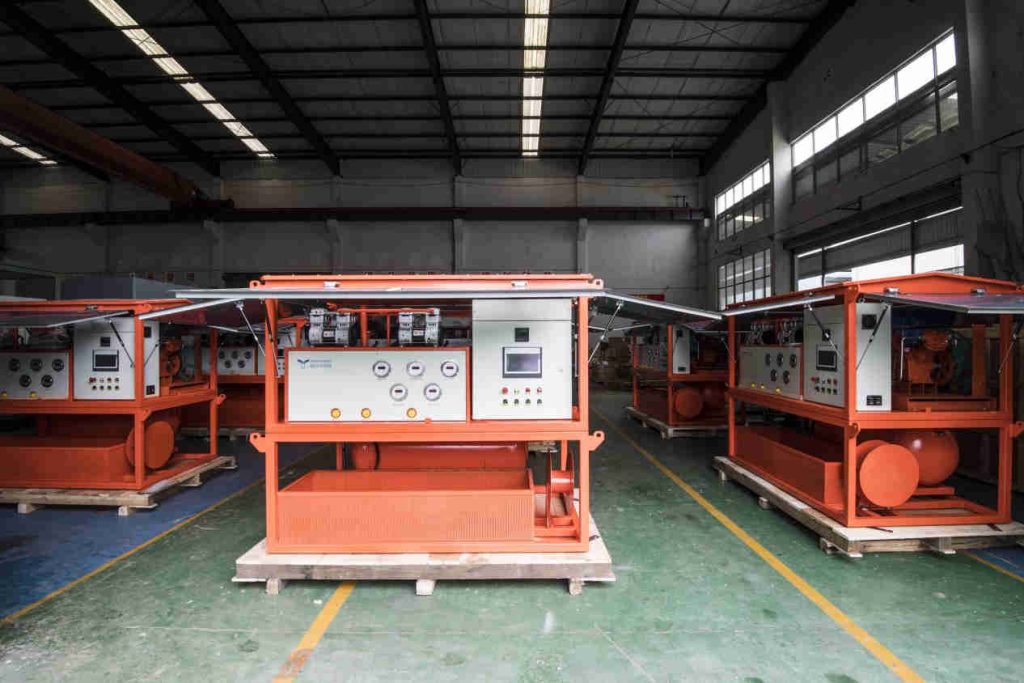
If you want to know more about SF6 gas treatment and SF6 electrical equipment knowledge and products, domestic and foreign customers can contact us at any time. We will have the most professional staff to answer for you.

